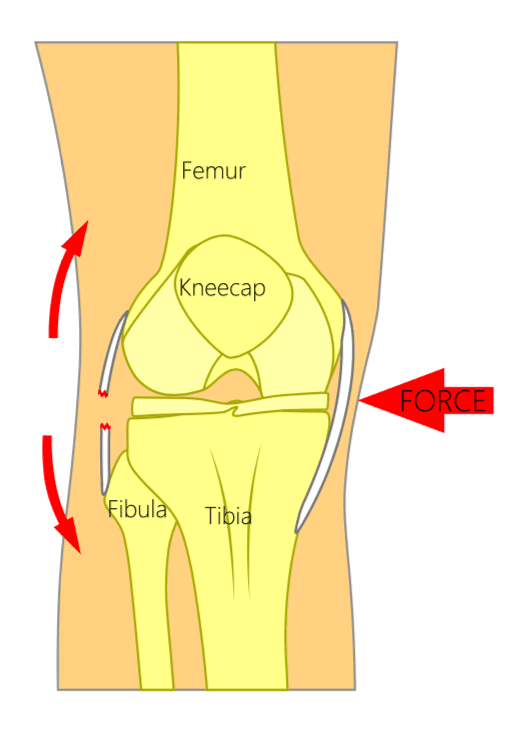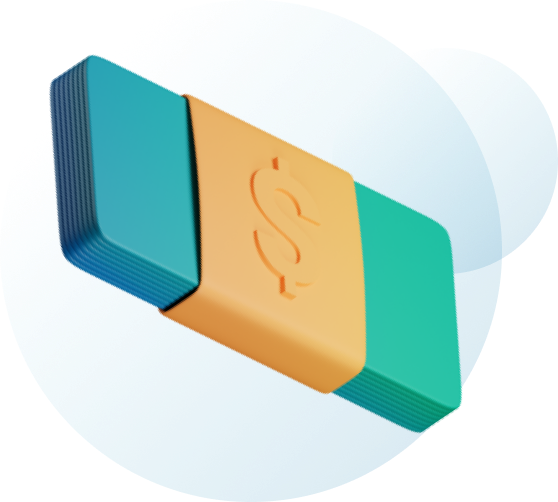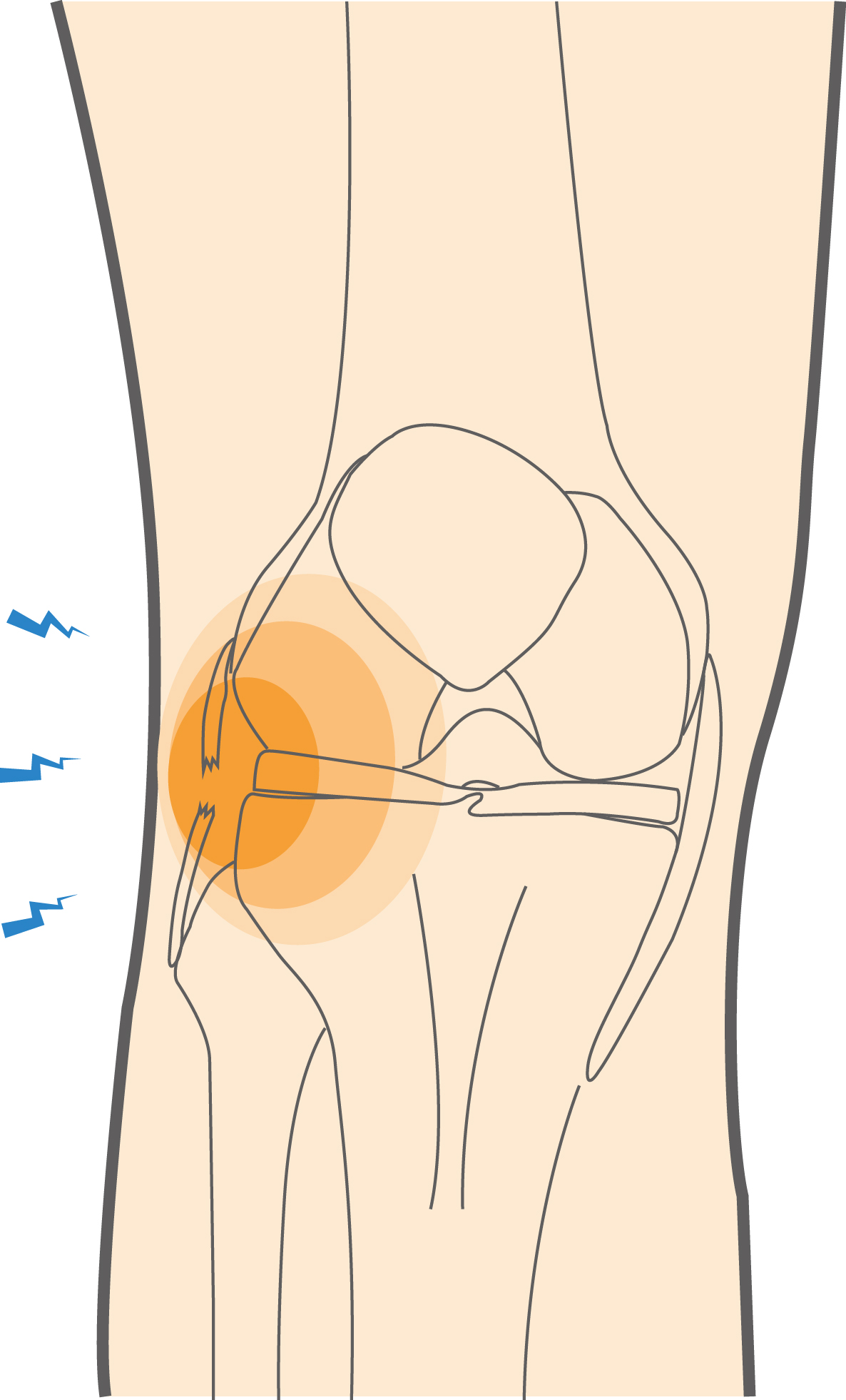The lateral collateral ligament, or LCL, is one of the four major ligaments of the knee. It runs alongside the outer side of the knee and connects the thigh bone and the smaller bone of the lower leg, called the fibula.
Injuries to the LCL are sometimes seen in contact sports, where collisions with other players are common.
It is typical for the LCL to be injured in conjunction with other structures of the knee, like the anterior cruciate ligament (ACL) and the posterior cruciate ligament (PCL). An isolated injury to the LCL is extremely rare.
LCL tears are classified by grades, depending on the severity of the injury:
• Grade I: The LCL is stretched, but not torn.
• Grade II: The LCL is partially torn.
• Grade III: The LCL is completely torn through.



